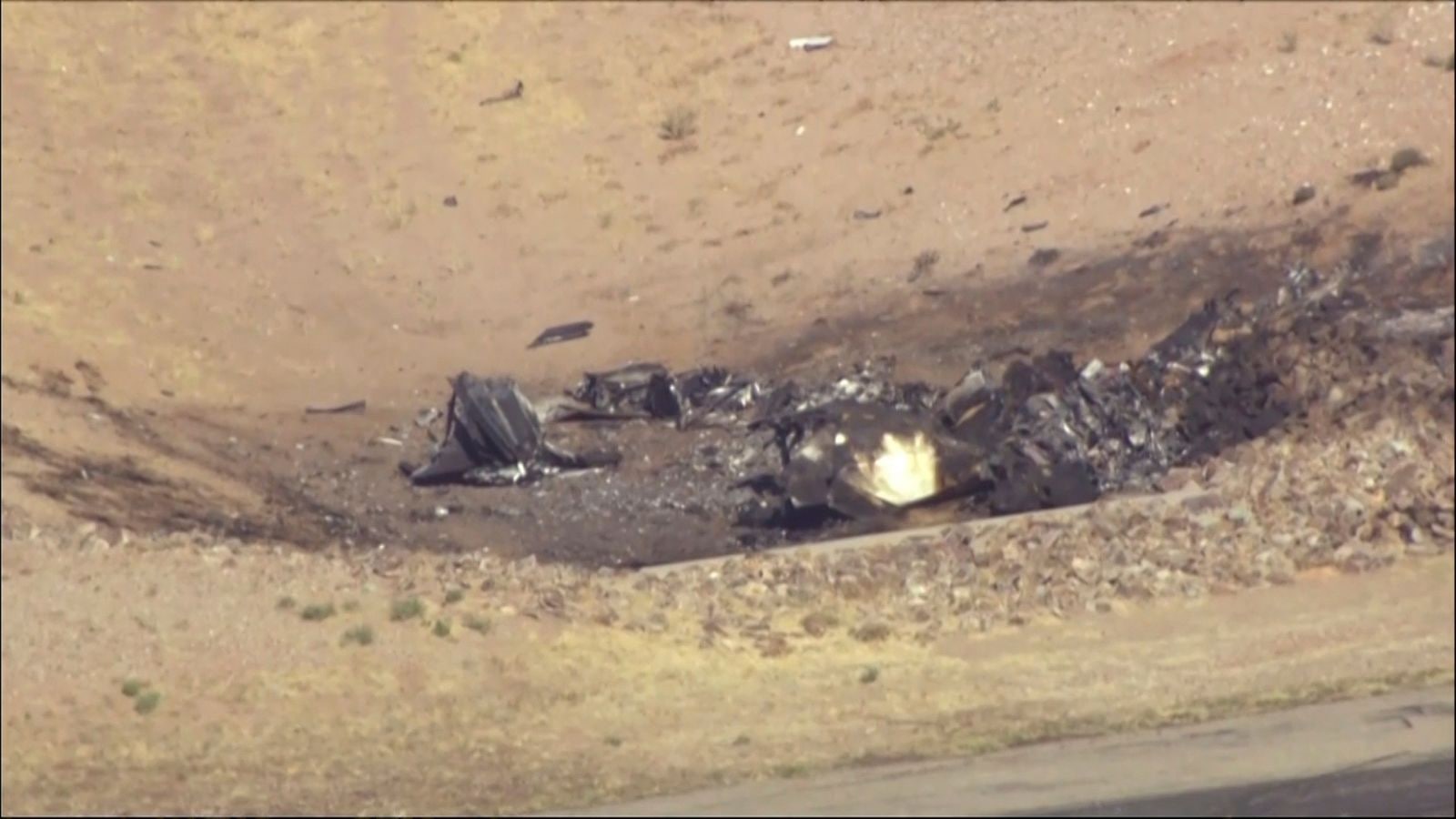Deadly Skies: Uncovering the Reasons Behind the Arizona Plane Crash Trend
Introduction to the Incident
The query "Arizona plane crash" is currently trending due to a recent tragic incident involving two small planes that collided midair on the outskirts of Tucson, Arizona, on February 19, 2025, as reported by Fortune and other reputable sources like CNN and BBC News. This accident has resulted in the loss of at least two lives, sparking widespread concern and interest in aviation safety. For more information on the incident, readers can visit the National Transportation Safety Board (NTSB) website, which is responsible for investigating such accidents in the United States.
Understanding the Context
To grasp why this incident is trending, it's essential to consider the context and the factors that contribute to such accidents. According to Federal Aviation Administration (FAA) data, the rate of general aviation accidents has been relatively stable over the years, but incidents like the Arizona plane crash remind us of the importance of stringent safety measures. The Aviation Safety Network provides detailed statistics and reports on aviation accidents worldwide, offering insights into the causes and consequences of such events. Furthermore, the International Air Transport Association (IATA) emphasizes the need for continuous improvement in safety standards to prevent accidents.
Analyzing the Data
Data points from similar incidents can provide valuable insights. For instance, a report by Statista indicates that in 2020, there were 224 fatal accidents in general aviation in the United States, resulting in 395 fatalities. This data, combined with the recent Arizona plane crash, underscores the need for enhanced safety protocols and awareness among pilots and aviation authorities. The National Safety Council also offers resources and guidelines on aviation safety, highlighting the importance of preventive measures.
Expert Insights and Actionable Steps
Experts like David Soucie, a well-known aviation safety consultant, often emphasize the role of human error and the need for improved communication and training in preventing accidents. In light of the Arizona plane crash, several actionable insights emerge:
- Enhanced Training: There is a need for more comprehensive training programs that focus on emergency procedures and collision avoidance techniques.
- Technological Advancements: Implementing advanced technologies, such as Automatic Dependent Surveillance-Broadcast (ADS-B), can significantly improve situational awareness and reduce the risk of midair collisions.
- Regulatory Oversight: Strengthening regulatory frameworks and ensuring strict adherence to safety standards can prevent accidents. The European Aviation Safety Agency (EASA) and the FAA play crucial roles in setting and enforcing these standards.

Conclusion
The Arizona plane crash is trending due to the tragic loss of life and the broader implications for aviation safety. By examining recent events, cultural context, and significant incidents, as well as considering data from sources like Fortune, CNN, and BBC News, it becomes clear that this incident highlights the need for continued vigilance and improvement in aviation safety standards. For those interested in learning more about aviation safety and accident prevention, visiting the Federal Aviation Administration (FAA) website or the International Civil Aviation Organization (ICAO) can provide valuable information and resources. As the investigation into the Arizona plane crash continues, the focus should remain on learning from this tragedy to prevent similar incidents in the future, with the help of organizations like the National Transportation Safety Board (NTSB) and the Aviation Safety Network.